Looking for a less-crowded yet breathtaking trekking adventure in Nepal? Manaslu Trek is the perfect adventure for you then. This trek often considered as an alternative for the popular Annapurna Circuit Trek offers one of the best Himalayan trekking experiences. Manaslu Trek, also popular as Manaslu Circuit Trek, is the right option for you if you love exploring mountains with fewer people.
What you see during the Manaslu Trek
The trek takes you into the region of Mt. Manaslu (8156m) to explores the beautiful mountains and culture of the region. One of the restricted area trekking adventures, Manaslu Trek offers a peaceful and incredible trekking experience in the mountains. It offers a perfect mixture of adventure walking amidst amazing culture, nature, and mountains. From timeless cultures and beautiful nature and mountains, this trekking offers an unparalleled adventure experience in the region.
The trek starts in the Budhi Gandaki River valley and heads up towards the Nubri Valley in the Manaslu region. You will trek along the beautiful river valley that brings wonderful natural and beautiful cultural wonders to you. As you begin to gain elevation, you can see and enjoy the breathtaking view of the mountains in the region. The timeless cultural riches of the higher mountains in the region make the trip even more wonderful. In addition to the culture and mountain wonders, the trek takes you over a mountain pass called Larkya La. It is a challenging but beautiful adventure to trek over the pass that brings awesome views from the top. The trek finally meets on the Annapurna Circuit Trail. It is a perfect trekking adventure if you love exploring less-crowded regions. A long but certainly worthy adventure to go for, this trek offers you an adventure of a lifetime.
Manaslu Trek Highlights
- Peaceful nature and Himalayan wilderness
- Timeless cultural wonders
- Breathtaking Himalayan surroundings
- Larke Pass and the surrounding views
- Fewer trekkers than in the popular regions
Reasons this trip becomes an Experience
Nepal Climbing Adventure always strives to offer an adventure traveling experience that you can cherish. While the Manaslu Trek is beautiful in its all essence, your experience of trekking there becomes even more beautiful with us.
By the time we take you to the base camp and bring you back, we take one step ahead to offer you a beautiful experience. We keep your safety and happiness as our top priority and you will experience the same during the trip.
Trekking with us around the Manaslu is traveling in safe hands.
What is included?
- All airport and hotel transfers
- Welcome and farewell dinner
- Accommodation and meals during the whole of the trek.
- 2 nights in a 3 star hotel in Kathmandu
- All necessary paper works and permits
- All ground transportation to/from trek by bus / shared jeep
- Government and local taxes
- An experienced English speaking trekking guide, assistant trek guide (4 trekkers: 1 assistant guide), porters (2 trekkers: 1 porter) including their salary, insurance, food, lodging and all equipment.
- A comprehensive medical kit
What is not included?
- Nepal Visa fee (bring small denomination cash USD and two passport photographs)
- International airfare
- Excess baggage charges
- Extra night accommodation apart from the schedule due to any reasons
- Lunch and evening meals in Kathmandu and in case of early return than the scheduled itinerary
- Private vehicle from Kathmandu and back if required
- Travel and rescue insurance
- Personal expenses
- Tips for travel guides or porters
There are a number of things that you need to keep in mind if you ever plan for your vacation. Because you want to make the most out of your limited time, it is truly a hectic job for you to find a trustworthy and experienced traveling companion. With Nepal Climbing, you have your problem solved already as we are one of the leading Trekking and Mountaineering organizations in Nepal and have been providing first class service in several travelling packages across the country for many years.
We prioritize your satisfaction and safety
At Nepal Climbing Adventure, our ultimate objective is to arrange the programs for you to make the most out of your valuable time. We value your satisfaction, adventure, amusement and safety. Regardless of whether you are searching for stunning perspectives along the trekking trails in Himalayan mountain range or widely acclaimed, heavenly attractions with developed societies, our exposure and experience in travel business will help you ensure your requirements are met.
We have professional staffs and service
We trust that extraordinary staff lead awesome administration. That is the reason we are collaborated with experienced and eager individuals. We possess authorized and government certified guides who are very much furnished with broad learning of Nepali communities and traditions. They additionally have familiar English speaking abilities and hierarchical capacities to encourage all types trekking groups.
Responsible Tourism and social values
We are endeavoring to lessen the effect of tourism by guaranteeing our staff are very much aware of ecological issues. We are doing our best to create less waste as could be expected under the circumstances and make a point to reclaim non-compostable wastes. We outline our itineraries and work in the field guided by the standards of ecotourism and reasonable tourism. Moreover, all our staff have been given ecological preparing and are extremely aware to the eco-system we enter. Additionally, we are adhering to sustainable assets of energy. Our guides will share you the social values, culture and religious harmony for better understanding the groups you visit.
Customizable Service
Our promise is to provide you with the travelling packages customizable according to your demand fulfilling your budget criteria. So, we can facilitate a minimum of 2 individuals with a personalized service at a reasonable cost.
Manaslu and Annapurna
My wife and I highly recommend this experience. We have nothing but amazing things to say about the trek we did, our guide Raju Kandel, and the company Nepal Climbing Adventure and its owner and manager Khum Subedi. I will review all three here: I will start by describing our trek. We booked a 22 day trek of the Manaslu circuit followed by the Annapurna circuit, including Poon Hill and ending in Pokhara, from March 15 to April 5. We took a local bus from Kathmandu to Machhakhola to start the Manaslu circuit. It took us 11 days to complete this circuit to Dharapani, which is where we started the Annapurna circuit. We did not trek the Tsum Valley due to time constraints. The main Manaslu cuicuit was spectacular. Only one day comprised of Jeep road trekking for portions of the day. Many epic suspension bridges, many colourful villages along the way. We were impressed by the mission statement of the Manaslu conservation Area Project in reducing environmental impact of trekking and supporting the local people. We met locals along the way, and where even invited into a local home for traditional Tibetan tea and Sisnu (nettle) soup that we collected on the trail. We got to partake in a local celebration including dancing and community Momo feast. We visiting the tranquil monastery in Lho, and passed by other monasteries with traditional music and ritual. The accomodations were satisfactory, we typically were able to pay for a hot shower expect at the highest elevation villages in the 2 night prior to Larke pass. The food was way beyond my expectations. We ate Dal Bhat every day, sometimes twice a day, and did not tire of this dish. Each restaurant had their own variation on the dish and the fresh vegetables were delicious. The day of the pass was difficult but the views are spectacular. Birendra lake was spectacular and worth a visit. The Annapurna section boasted more panoramic mountain views, different type of forest scenery and slightly more polished accommodations. It had more trekkers than Manaslu and more of the trek included the Jeep Road, however at most we would see 5-10 cars per day on the road. Thorong La pass was also a memorable experience. We took a bus from Muktinath to Tatopani and I do not think we missed much skipping this portion of the trek (dry arid and dusty area). From Tatopani ato Ghorepani was spectacular jungle and rhododendron Forrest trekking. Overall it was the most varied, beautiful, culturally immersive, and delicious trek I have done. Our guide Raju Kandel was fantastic and went beyond what I expected from a guide. He was a joy to trek with and very professional. He took our safety as top concern, regarding altitude symptom monitoring, and how to navigate around the animals that share the path for examples. We later learned he has experience in mountain search and rescue. He has done the Manaslu circuit for many years, and has a relationship with the locals in the guest houses and restaurants along the way. He was able to call ahead to reserve rooms at the best accommodations, pick the most delicious Dal Bhat restaurants, plan the days in order to see key sights along the way, network with locals we met along the path to translate our questions and even get an offer for a visit into a home for food and tea. He taught us Nepali trekking songs and key phrases. He learned what our interests and preferences where along the trek and was able to tailor the experience for us. He got us into the kitchen at most smaller Tea Houses on Manaslu circuit to witness the cooking our our meals. Without Raju as our guide, our experience would not have been as personal or immersive. Nepal Climbing Adventure was a a fantastic agency to book our trek with. Khum Subedi, the past president of the Trekking Agencies Association or Nepal, was friendly, professional and went the extra mile. He personally picked us up at our hotel on the first day of the trek. He helped us navigate an issue we had with another trekking agency (and luckily we ended up not booking with the other agency), again going the extra mile. He ensures a debrief meeting with his trekkers, demonstrating his commitment to providing the best experience for the trekkers that book through his organization. Overall very pleased with the entire experience. It was the adventure of a lifetime.
Thomas J Henderson
Online Payment
Or
WIRE TRANSFER
Bank Details:
Account Holder's Name: Nepal Climbing Adventure Pvt. Ltd.
Bank Name: Himalayan Bank Ltd.
Account Number: 01907449340018
Account Type: USD
Address: Thamel, Kathmandu, Nepal
SWIFT CODE: HIMANPKA
For more detail contact us:
Krishna Subedi (Chris Chhetri): +977 9851076791 (24/7, Call/Viber/Watsapp)
We recommend our guests have a valid insurance policy before undertaking an adventure in Nepal Himalaya. During treks and expeditions, the insurance should cover for expenses such as air ambulance, helicopter rescue, and medical care. As an adventure operator, we (NCA), are not permitted to arrange or sell insurance packages here in Nepal as per the Government of Nepal.
Frequently Asked Questions - Trekking in Nepal
Are you a licensed trekking agency?
Do the guides speak English and have first aid training?
How big are the groups?
Are permits included in the price of the trek?
Do you arrange private treks?
Do you provide any equipment while trekking?
How difficult are the treks?
How long do we walk each day?
What is exactly 'teahouse' trekking?
What do we mean by FOT trek?
What is security like during trekking?
Security for our clients is always a foremost priority for us. All our guides and other support crew are carefully chosen for your trips. Our guides hold licenses issued by the Nepal Government. They are very honest and reliable. But we would also advise you to take care of your own personal belongings. If you are on ‘camping treks’ please do not leave your bags unattended at any time for your own safety. Take your main bag inside the tent once you reach the campsite. At night, all bags and belongings are kept in the middle of the tent. Your guide assigns a Sherpa on a rotation basis to guard the campsite throughout the night. If you are on a ‘Tea house or GAP trek’ arrangement, you will be sleeping in local teahouses. You need to take sensible precautions yourself at all times. Never leave your baggage unattended and keep your lodge room locked when you go out.
What happens if I fall ill during the trek?
What type of food is served during a trek?
Do I need to carry my own gear?
How much could porters carry?
What is the overnight accommodation like?
Can we change the itinerary?
Depending on the prevailing situation, you can modify it to some extent after consulting with your senior guide. However, the date of trek completion should always coincide with the original itinerary. You should keep in mind that this is an adventure trip into some of the most remote regions in the world, where many unforeseen circumstances may contribute to the need for a change in itinerary. In such cases, we or your guide will suggest the best alternative similar to your original itinerary.
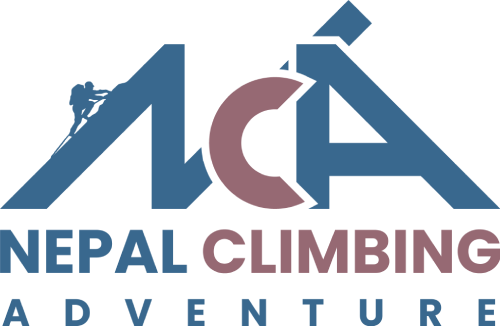
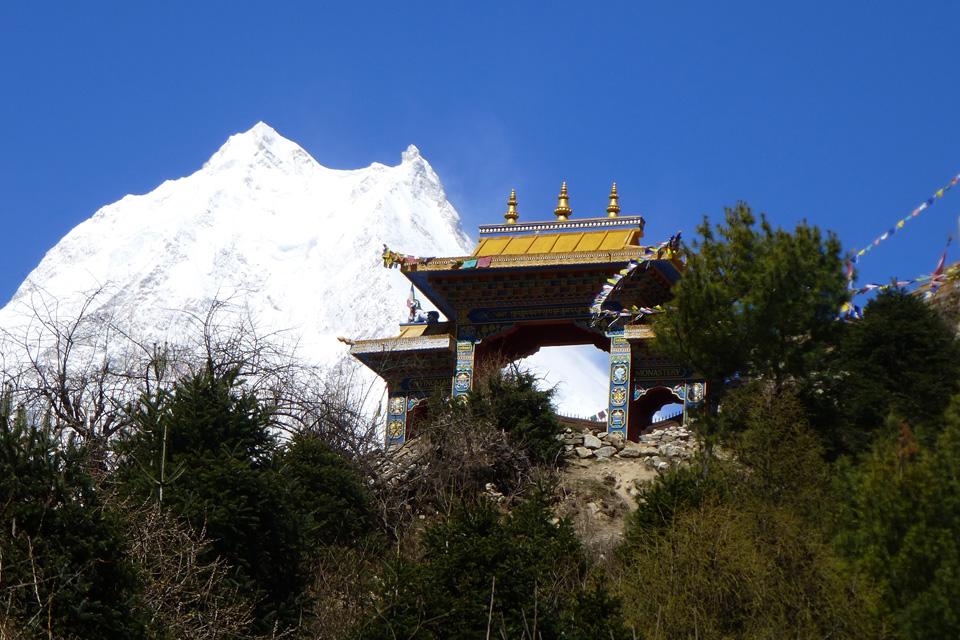
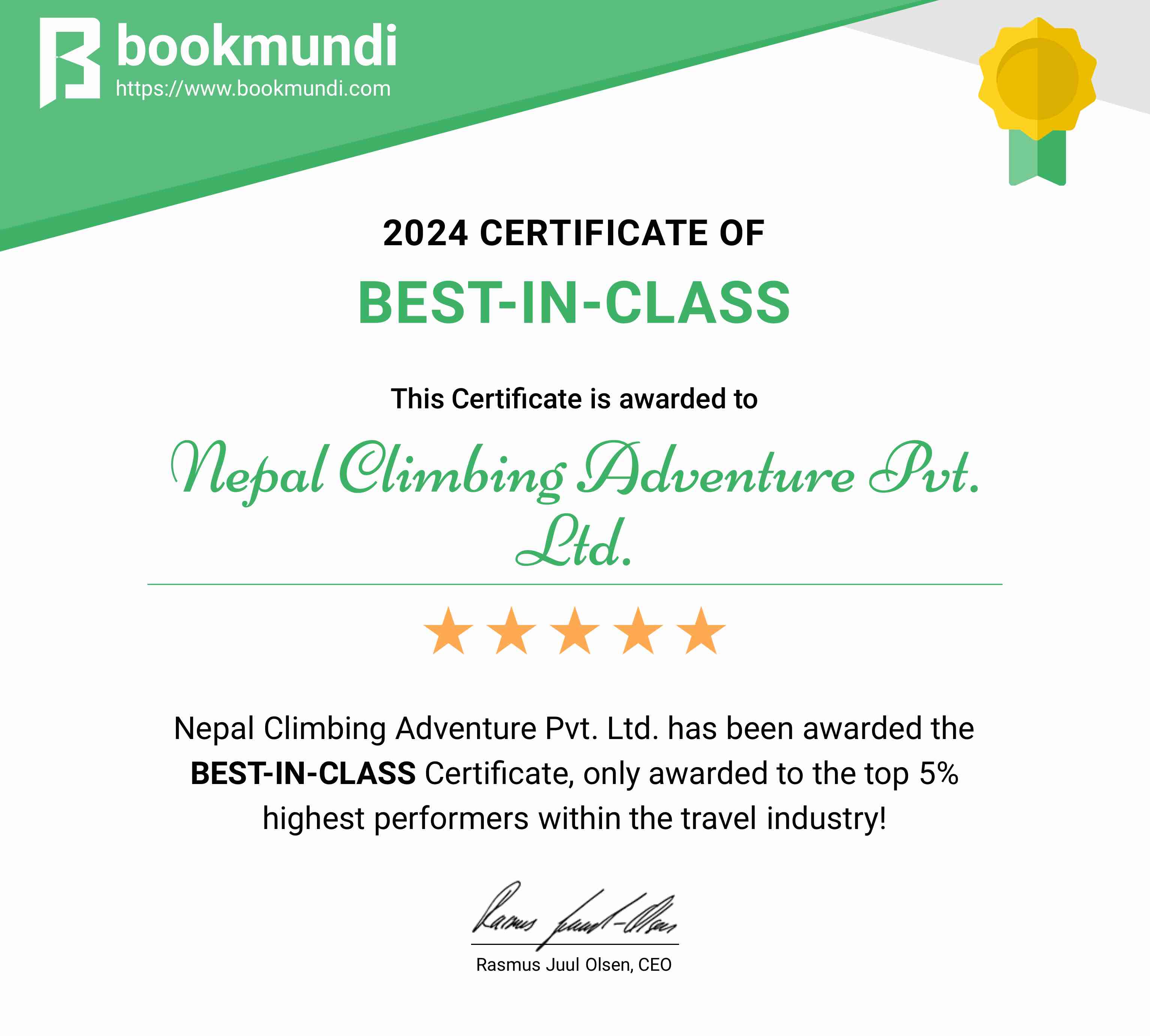
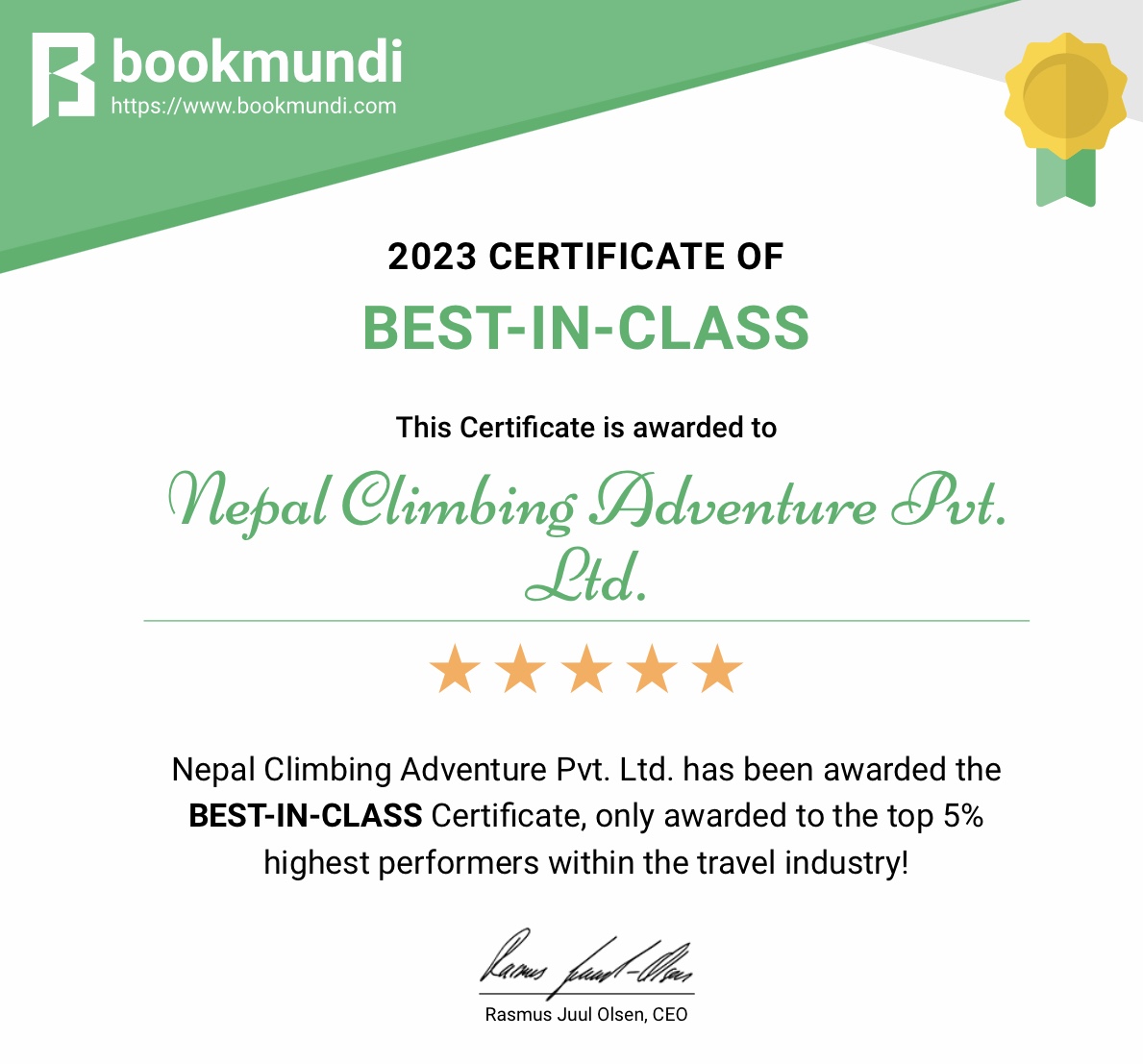
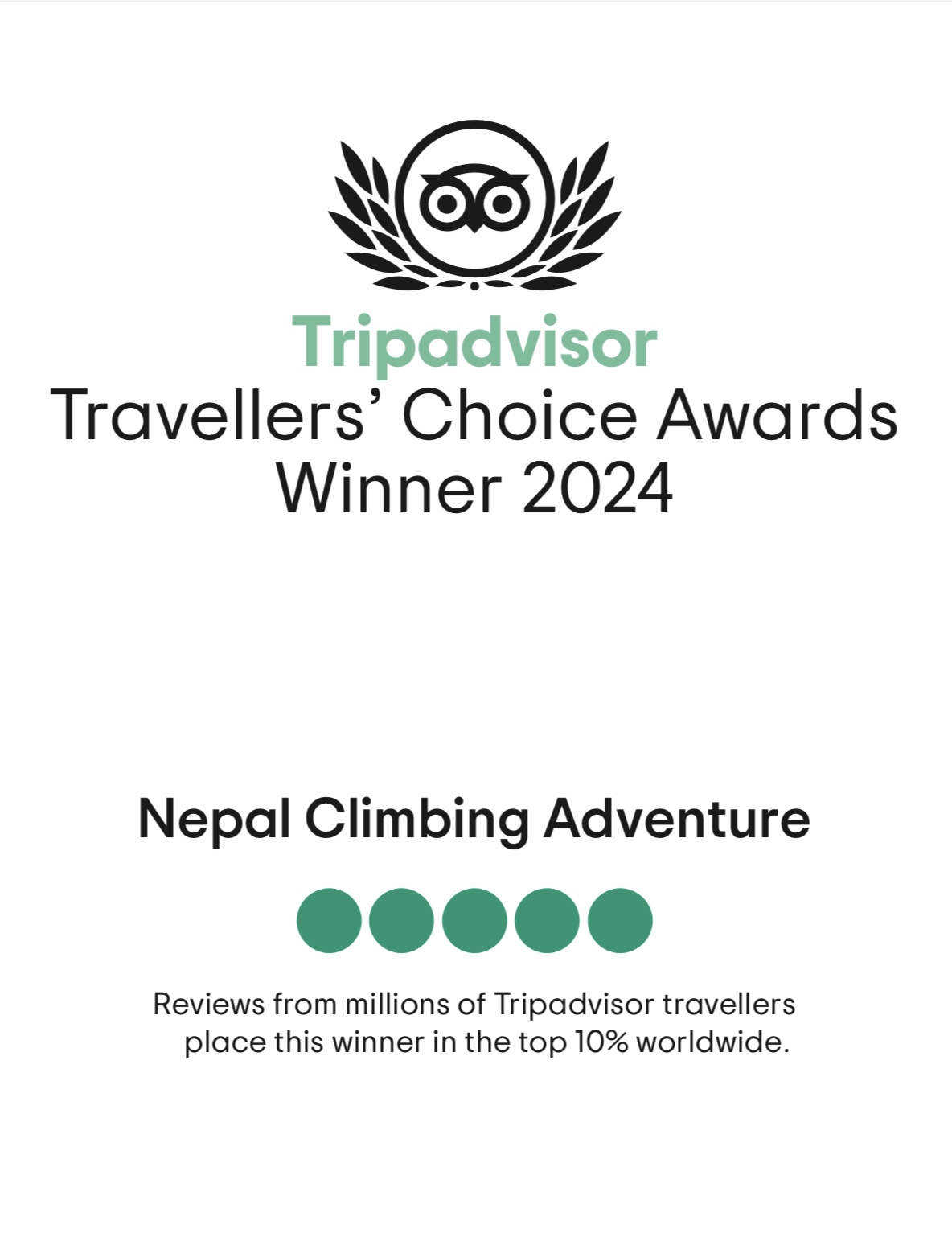
















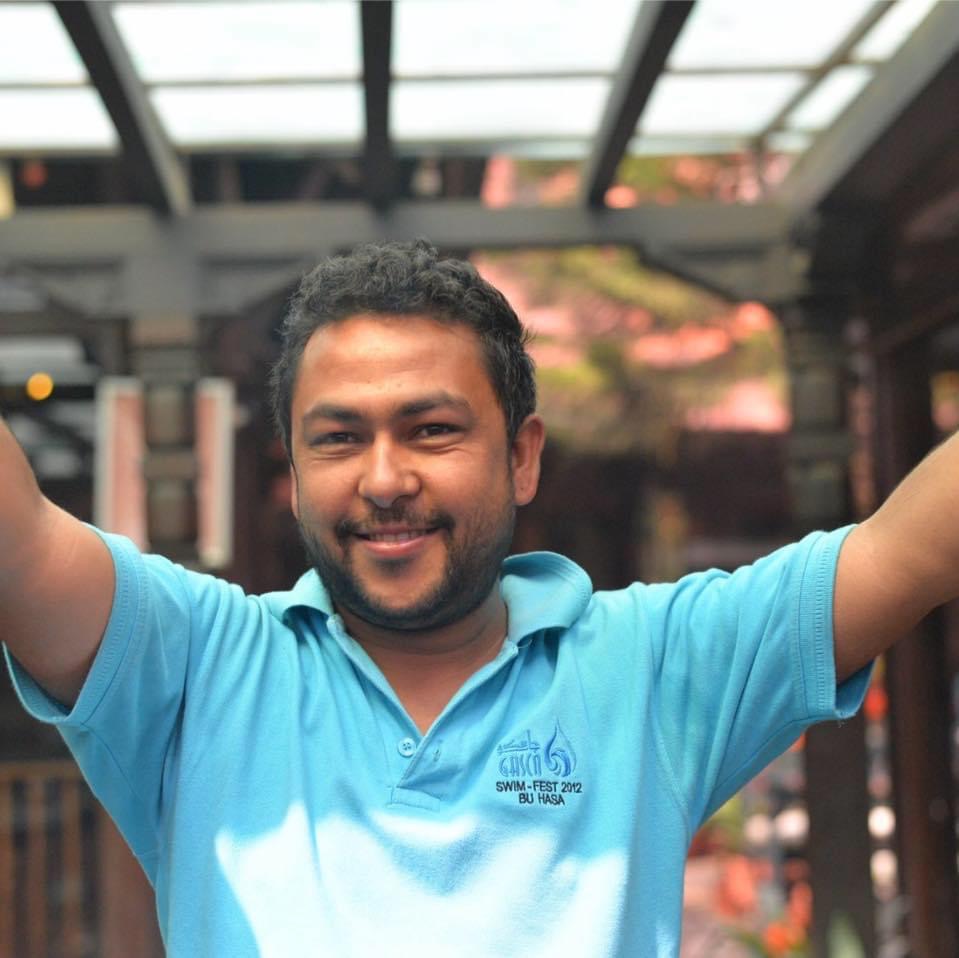 Chris Chhetri
Chris Chhetri